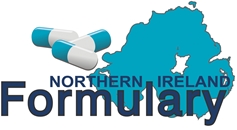Skip to Main Content
Skip to Site Map
Skip to Accessibility Statement
6.4.2 Male sex hormones
Prescribing Notes
- Testosterone is an amber drug when used as replacement therapy in hypogonadism. A shared care guideline is available here (this does not cover menopause indication).
- Testosterone supplementation (note off-label use) can be considered for post-menopausal women with low sexual desire if oestrogen (+/-progestogen) HRT alone is not effective and other possible factors have been addressed. Note there is no evidence of benefit in peri-menopausal women and potential wider benefits of testosterone have not been demonstrated in trials to date e.g. for cognition, mood, energy and musculoskeletal health. See British Menopause Society for further information on initiation and ongoing monitoring
